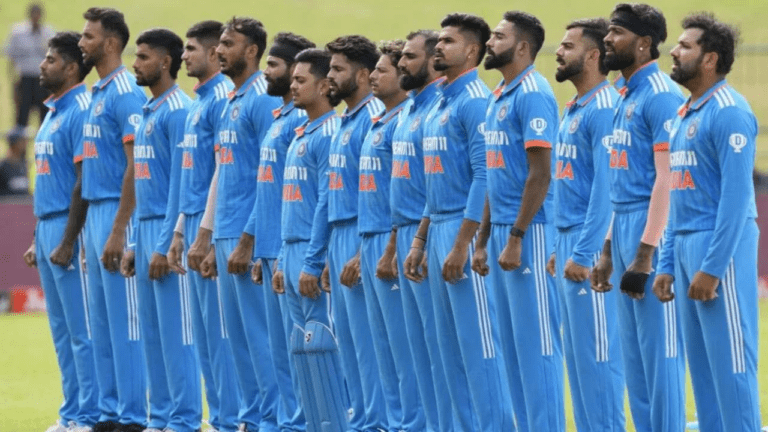The Role of IPL in Cricket Media Innovation
11xPlay, Allpaanel: The Indian Premier League (IPL) came into existence in 2008, revolutionizing the world of cricket. Fueled by the innovative idea of combining cricket with entertainment, the IPL was the brainchild of the Board of Control for Cricket in India (BCCI). Its inception was a game-changer, setting a new benchmark for the sport’s commercialization and viewership.
With its high-octane matches, star-studded line-ups, and nail-biting finishes, the IPL quickly captured the imagination of cricket fans worldwide. The league’s format of franchise-based teams, packed stadiums, and strategic time slots created a perfect recipe for success. IPL matches became more than just cricket games – they turned into cultural phenomena, attracting fans from all walks of life and amplifying the reach of the sport.
Challenges Faced by Traditional Media in Covering IPL Matches
Covering IPL matches has posed significant challenges for traditional media outlets. One key obstacle is the fast-paced nature of the tournament, with matches taking place almost daily during the season. This tight schedule makes it difficult for traditional media to provide detailed coverage of each match amidst other sporting events and news priorities.
Additionally, the format of IPL matches, with their short duration and high-scoring nature, requires traditional media to quickly produce engaging content to keep up with the rapid pace of the games. This puts pressure on journalists and broadcasters to deliver real-time updates and analysis, often competing with online platforms that can offer faster and more interactive coverage.
Why is the IPL considered a game-changer in cricket broadcasting?
The IPL revolutionized cricket broadcasting by introducing a fast-paced and entertaining format that attracted a global audience and increased viewership significantly.
What are some challenges faced by traditional media in covering IPL matches?
Some challenges faced by traditional media include competition from digital platforms, high broadcasting rights costs, and the need to adapt to new technologies and audience preferences.
How has the rise of digital platforms affected traditional media coverage of IPL matches?
Digital platforms have provided more convenient and accessible ways for fans to watch IPL matches, leading to a decline in viewership for traditional media outlets.
What strategies can traditional media outlets adopt to remain competitive in covering IPL matches?
Traditional media outlets can focus on providing unique and engaging content, enhancing the viewing experience through interactive features, and leveraging their existing audience base to stay relevant in the digital age.







